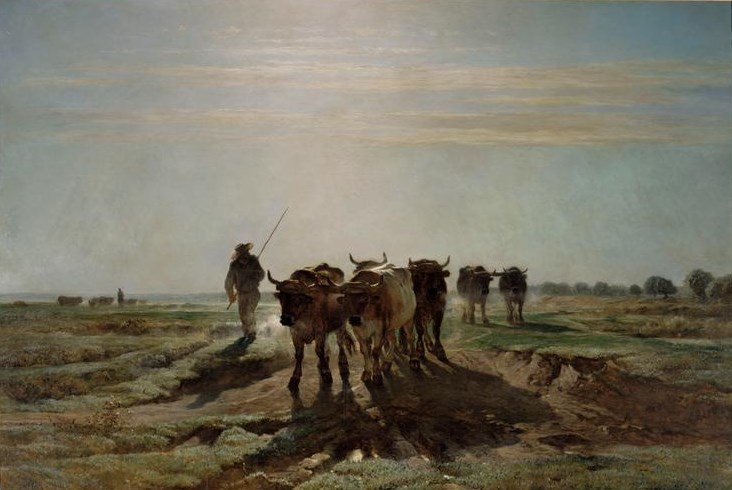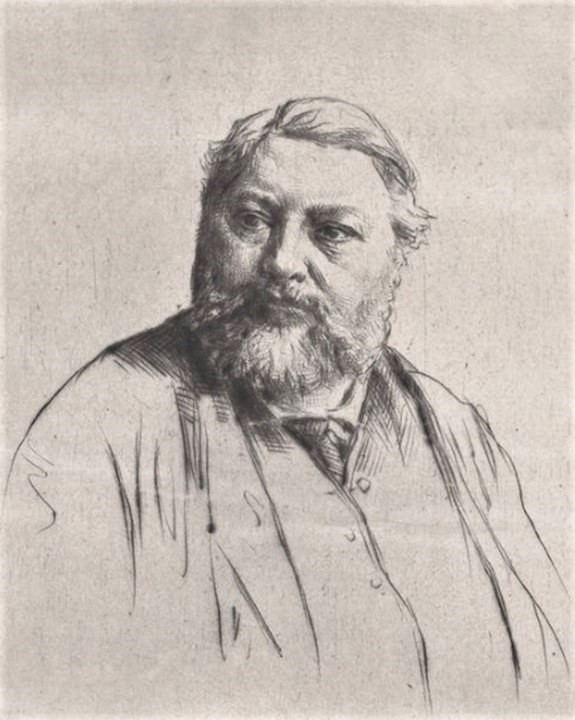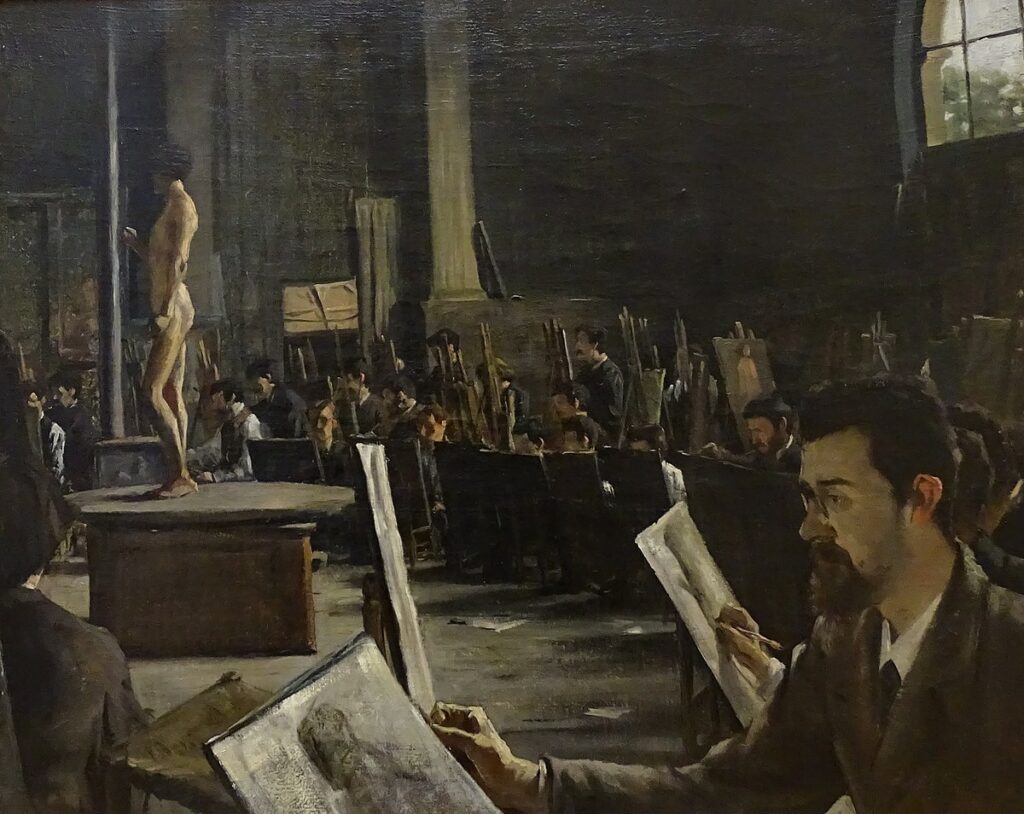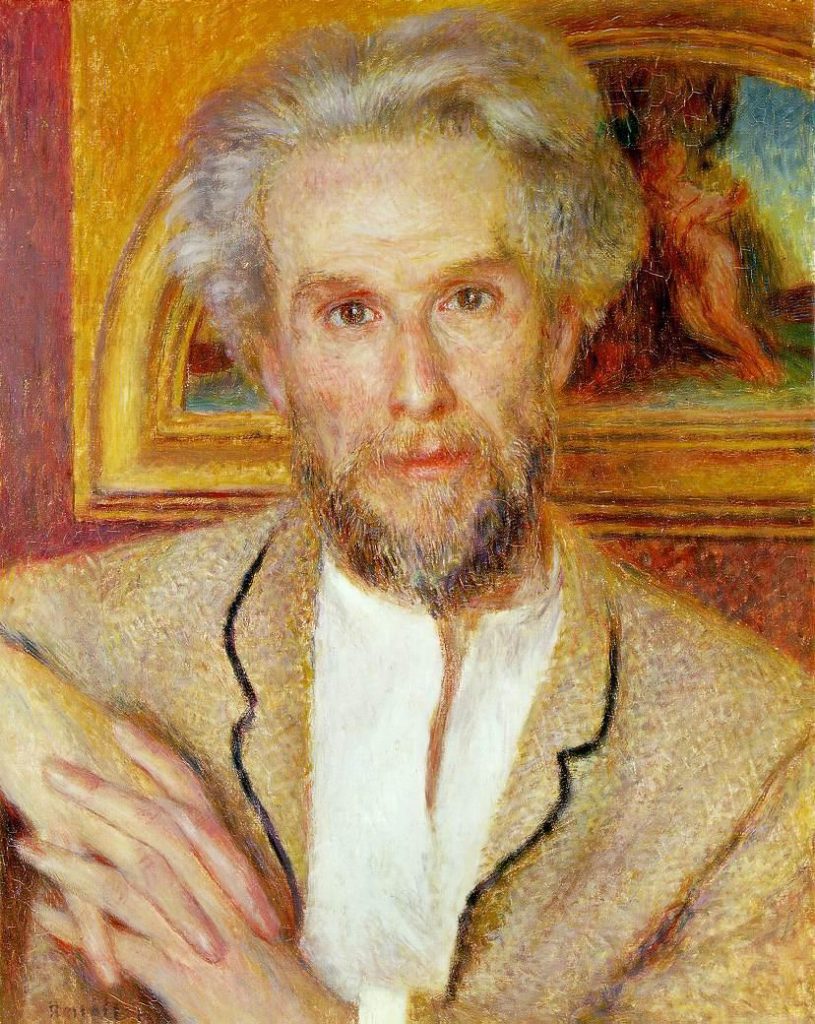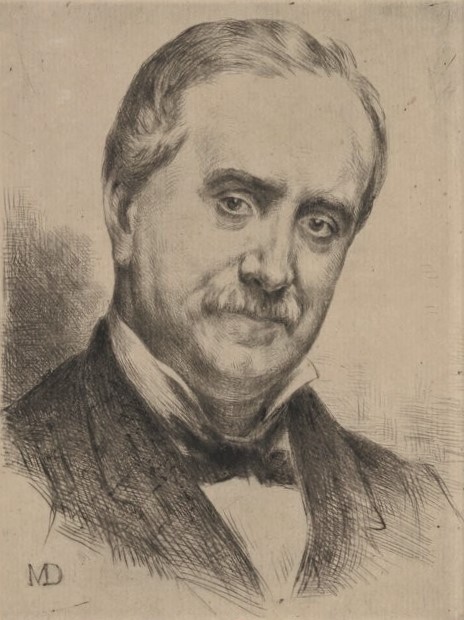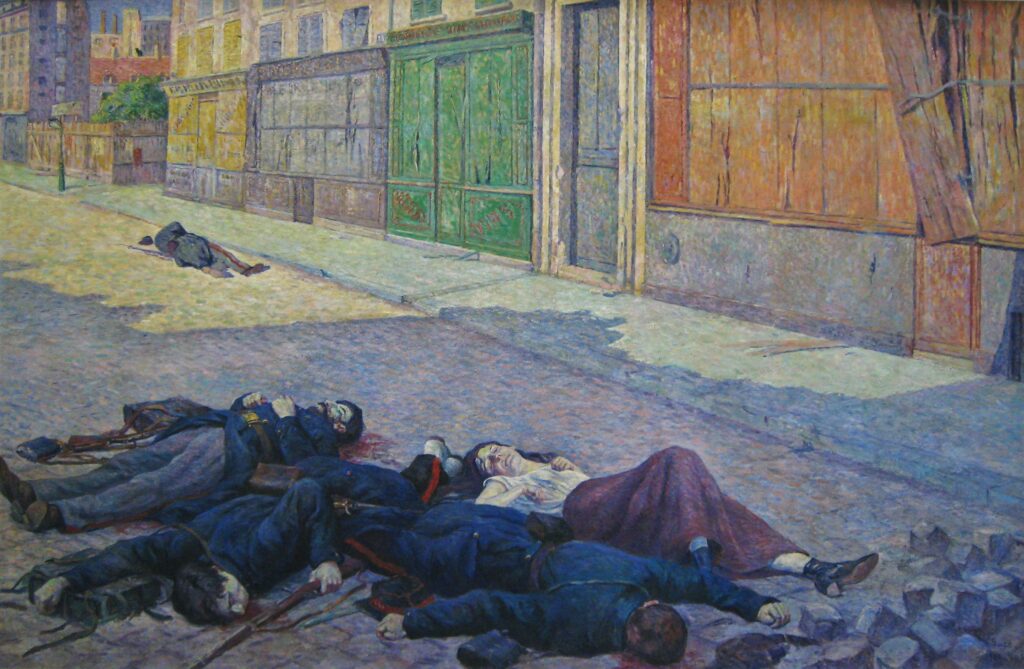Impresssionism: a historical reconstruction
Meta-Impressionism
starting page
Introduction:
Impressionism can be seen as an art-movement in France in the second half of the 19th century. On this page you will find an overview of the world surrounding Impressionism (=Meta-Impressionism), catogorised within different themes, with links to seperate pages.
Introduction:
The Impressionists didn’t live on an island. They were inspired by others and they inspired others. They were surrounded by other art-movements. Their expositions were surrounded by other exhibitions. Several people were important for them such as art-dealers, art-collectors and art-critics. They were surrounded by art-events and social and polical events. The whole of these surroundings I call Meta-Impressionism.
I will give short information about their surroundings. Those who want to know more I refer to the excellent book (in French) of Sophie Monneret: l’Impressionisme et son époque (1978-81 = R88) or the more modest Lexicon that Walther renders (1992/2013 = R3,p642-705). Here below you’ll find the items you can link to.
Meta-Impressionism in short:
- I define Meta-Impressionism as the art-world surrounding the ‘impressionists’.
- Meta-Impressionism includes Pre-Impressionism, Para-Impressionism, Neo-Impressionism and Post-Impressionism.
- Meta-Impressionism includes the Salon, the Expositions Universelle and many other exhibitions.
- Meta-Impressionism includes surrounding art-movements like Néo-Classicism and Realism.
- Meta-Impressionism includes the establishment of the art-world in the second half of the 19th century in France, namely L’Institut, the École des Beaux-Arts and the art-workshops. This establishment is maintained by the Prix de Rome and all sorts of awards.
- Meta-Impressionism includes key figures like the art-dealers (namely Durand-Ruel and Georges Petit), the art-collectors and the art-critics.
- Meta-Impressionism also includes the wider surrounding world with important art-events and the social and political developments.
Other artists:
The partakers of the ‘impressionist’ expositions were surrounded by other artists.
Artists that proceeded and inspired them, the pre-impressionists, namely Jongkind and Corot. Mostly they were a generation older.
Artists that were related to the ‘impressionists’ and their expositions, the para-impressionists, namely Manet. Mostly they were of the same generation. See also para-impressionism.
Artists that were inspired by the Impressionists, but adjusted their painting style, the neo-impressionists. Mostly they were a generation younger.
Artists that formed a connection between Impressionism and modern art-movements, the post-impressionists.
All the artists that surrounded the ‘impressionists’, that can’t be catagorised as above mentioned, and mostly painted more traditional, I call the meta-impressionists.
See starting page other artists.
Other art-movements:
Other art-movements:
Impressionism wasn’t the only art-movement in France in the 19th century. See seperate page with short info on other art-movements and links to other pages.
Pre-Impressionism: the Impressionists were inspired but other painters, the pre-impressionists. Especially by the -/-English landscapists, the Barbizon painters and the -/-Honfleur painters. The most important of them were Corot, Courbet and Jongkind.
Neo-Classicism: Neo-Classicism or Academism was the main painting style teached at the École des Beaux-Arts. It depicted mythological, religious and historical themes. Details were redendered and the brushstroke was very smooth. Here you will find also the most important representatives.
Romanticism: But Neo-Classicism was already caught up by Romanticism with Delacroix as the main representative.
Para-Impressionism: And Romanticism was already caught up by +/-Realism. -/-Courbet was the main representative. Partly this inspired the Impressionists and in that sense you could call it Pre-Impressionism. But partly it coincided along the Impressionists. And that makes it interesting to compare it with the Impressionists and especially with the Impressionist painting style. So I also think that Manet is best to be seen as a para-impressionist, but there were more para-impressionists. The +/-Naturalists also can be seen as para-impressionists.
+/-Neo-Impressionism: on their turn the Impressionists inspired others such as the -/-Neo-Impressionists. The most important representatives also joined the 8th ‘impressionist’ exposition in 1886, namely Seurat and Signac. We will especially mention great artists like -/-Théo van Rysselberghe and -/-Henri Lebasque.
-/-Post-Impressionism: Post-Impressionism is not one art-movement, but several ++/-art-movements that emerged in response to Impressionism. In that sence Neo-Impressionism is also seen as Post-Impressionism. The most important post-impressionists were Cézanne, Gauguin and -/-Van Gogh. I will render extra attention to -/- Fauvism as art-movement, because there is a more direct line from Impressionism to Neo-Impressionism to Fauvism.
Other expositions:
The ‘impressionist’ expositions were surrounded by other exhibitions. The most important exposition was the Salon. But there were also regional exhibitions, exhibitions in London by Durand-Ruel, auction sales at Hôtel Drouot and other independant exhibitions.
Probably the independant ‘impressionist’ expositions inspired others to do the same. Namely in 1883/84 Les XX in Brussels and in 1884 the Salon des Independants.
This surrounding world of Meta-Impressionism focusses on the period 1855-1900. Starting with the first Exposition Universelle held in Paris in 1855 and the one in 1900, where the Impressionists received recognition.
See seperate starting page and overview page with additional links.
Awards:
Awards were important at the Salon and the Expositions Universelle. The artists and their (highly) awarded works can be seen as the standard for art in those days. So, it is interesting to see which artists were highly awarded, which most awarded, which paintings were highly awarded and how this was done year by year (see chronological overview). Special kinds of award was when an artist was appointed in the Légion d’Honneur, when their works were purchased or assigned by the State.
When we see those pages, we will see that many pre-impressionists and even ‘impressionists’ were awarded. We will also see that many highly awarded artists and paintings are quite forgotten today.
The awards were granted by a jury; the members had influence and often were part of the status quo of the art-world↓. You will find (most) of their names on the page meta-impressionists.
The status quo of the art-world:
Impressionism is seen as an avant-garde art-movement opposing the conservative status quo of the art-world in France in the second half of the 19th century. This status quo was represented by L’Institut (and it’s members), the École des Beaux-Arts (it’s art workhops and it’s Prix de Rome). This status quo was also represented by the Salon, the jury of the Salon and the given awards. This status quo was also represented by the State and the purchases it made.
The way to make a career as an artist was to study at The École-des-Beaux-Arts and at the associated art workshops. To win concours and especially the Prix de Rome. Being succesfull at the École and to be recommanded by your professors helpt to be accepted at the Salon. And without exhibiting at the Salon it was hard to get yourself known as painter and to sell your pictures. The École again was part of L’Institut and the members of L’Institut often were part of the Salon jury and professors at the École.
Key figures:
Many ‘impressionists‘ had to sell their art-works to make a living.
It is interesting to compare their incomes with other finances in France in the second half of the 19th century.
Who were the art-collectors that bought their works? Which purchases were made?
Who were the art-dealers the ‘impressionists’ were involved with?
The most important art-dealers for them were Durand-Ruel and Georges Petit.
Other important figures were the art-critics, their attention and praise helped to sell your works.
The larger surrounding world:
When Camille Pissarro arrived in Paris in 1855, he visited the Exposition Universelle. Many books on Impressionism extensively give attention to the Salon des Refusés of 1863, though this attention is a bit exaggerated. The critics on the 1st ‘impressionist’ exposition in 1874 were more positive instead of negative as most sources on Impressionism state (see myths). When Vincent van Gogh arrived in 1886 in Paris, he visited the 8th ‘impressionist’ exposition. At the Centennial exhibition during the Exposition Universelle of 1900, there were two rooms especially for ‘impressionists’.
These and other art events, you will find in a chronological overview.
The impressionists lived in a world with repeatedly new inventions, with increasing transport facilities, with anarchist and socialist movements, etc. The French-Prussian war (1870/1), the Commune (1871) and the Dreyfus affair (1898) shook French society to its foundations. These and many other social and political developments are part of the world surrounding Impressionism.
Recommanded citation: “Meta-Impressionism: the world surrounding Impressionism; starting page. Last modified 2024/11/19. “
